Research into insect locomotion is a large and active area in both biology and engineering. From a mathematicians point of view the interest is in both trying to understand the mechanism that has evolved in insects to produce the patterns observed, and to help provide an insight to roboticists as to how to improve control mechanisms for hexapod robots (although I admit it is the former that is the driving force for my own interests).
Superficially insect locomotion, or the gait, follows a specific set of rules, see for example the seminal paper on the subject Wilson (1966) or Manton (1973) which can be summarised as follows (although there are many other excellent references with a such summary):
To ensure stability at all phases during an insect’s locomotion it must:
- have at least three legs in contact with the ground disposed about the centre of gravity;
- paired legs must move in opposite phase (except when swimming or jumping);
- leg three must remain on the ground until the footfall of leg two, and similarly for legs two and one, where legs on each side are numbered from front to back.
- the most mechanically advantageous hexapod gaits giving least strain on the organisms are those in which the footfalls occur at equal intervals of time;
- the duration of the forward swing of the leg, off the ground, remains constant as
walking speed changes.
If we label an insects legs as follows we can summarise this my bracket notation, e.g. legs within a bracket move together, and there is an equal interval of footfalls between brackets.
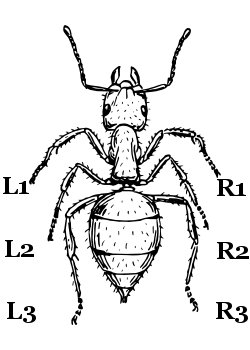
So for example, the gait (L3 R1)(L2)(L1 R3)(R2) below consists of legs L3 and R1 moving together, followed by L2 on its own, then L1 and R3 together and so on. Locomotion obeying these rules I term “ideal gaits”, for mechanical reasons they are the gaits that an insect should attempt to use for least strain on it’s body, three commonly observed such gaits are shown below.
 |
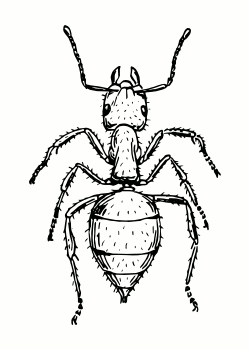 |
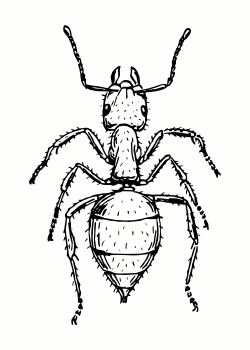 |
| Slow Metachronal | Fast Metachronal | Tripod |
| (L3)(L2)(L1)(R3)(R2)(R1) | (L3 R1)(L2)(L1 R3)(R2) | (L3 L1 R2)(R3 L2 R1) |
However a more detailed analysis of the published observations show a much wider range of variations on these rules.
The widely accepted mechanism for co-ordinating leg movement throughout the animal kingdom is the idea of a Central Patter Generator, a network of neurons that have an input from their brain to move forward, and emits signals to the muscles of the legs in the appropriate sequence to achieve this.
It can be shown that many suggested mathematical models of Central Pattern Generators consisting of only 6 oscillators, or doubling up to 12 following the work of Golubitsky at. al. on quadruped gaits although being able to generate many ideal gaits, do not allow for many of the variations seen that cannot be explained by proprioceptive feedback. The challenge is to develop models for Central Pattern Generators that remain as simple as possible, with few changing parameters to exhibit different gaits, but which better reflect the observed gaits.
Past work of mine on this topic includes an MSc. dissertation and a chapter of my PhD. Thesis. Current work in this area is both a thorough review of the available data that has been published over the past 80 years (although observations on insect gaits goes back a lot further than that) and developing a mathematical model of a Central Pattern Generator based on evolutionary considerations which better explains the observations.
References:
- S.M. Manton, The Evolution of Anthropodan Locomoting Mechanisms Part 10: Locomoting Habits, Morphology and Evolution of the Hexapod Classes, J. Linn. Soc. London, Zoology Series, 1973.
- D. Wilson, Insect Walking, Annual Review of Entomology 11, pp103-122, 1966.
- M. Golubitsky, I. Stewart, The Symmetry Perspective, Birkhauser, 2003.
Related Posts:
- Wendy Taylor Dung Beetles at Murray Edwards CollegeI’m currently attending the 145th European Study Group with Industry, this year’s UK version being held at Cambridge University (if anyone is interested I’m in the group looking at monitoring the flow of chemicals from crop treatment in groundwater). I’m being put up in some lovely accommodation at Murray Edwards College, and every morning ...
- Microsculpture: The Insect Portraits Of Levon BissThe Oxford Natural History Museum is a wonderful gem of a building (not least because of the amazing Pitt Rivers museum tucked away at the back, with every corner, shelf and drawer stuffed with antiquity) and amongst the dinosaur bones and dodos there’s often a temporary exhibition which at the moment is the outstanding ...
- Metal Earth Stag BeetleAnother toy for my office! This metal model of a stag beetle comes flatpacked, as with a previous one, but is a lot more fiddly to put together. End product though turns out to be worth the extra effort. I also have an unmade tarantula sitting on my bookshelf, but given that the legs ...
- The New BatchAfter the (natural) death of the last of the adult stick insects in the cage the new generation are now being nurtured in the jars ready for transfer back into the cage when big enough. Despite having a missing leg, Stumpy actually ended up being one of the longest surviving! The eldest two have already gone ...
- Stick Insects: Metachronal Gait and Introducing StumpyLatest edition in my occasional stick insect updates, and finally I’ve convinced one of them to do something other than a tripod gait on video. In the literature they seem to use first instar specimens because they are less prone to behaving like, well, sticks! In the pursuit of the videos below I did end ...
- March Stick Insect UpdateAnother update on the stick insects in my office since they are now getting towards adult size, as you can see from the thumbnail to the left (where there is a 20p coin for reference). There have not been any deaths since transferring to the cage so there are still currently 17 insects of varying ...
- A Jar Full O’ Stick InsectsBeen a while since the update, and they’re getting bigger, and in some sense easier to clean (they’re more visible so easier to see if you are about to throw out a plant with them on) but also more difficult because they get more inquisitive when put in a jar to keep them safe while ...
- Episode IV: A New HomeOK, actually the third post but the pun wouldn’t work otherwise! The larger stick insects have now been moved into a BSP cage (Small-Life Supplies) to give them more room to grow and a better environment, so that’s 15 moved into the BSP and a couple of first/second instars left in the jar to develop ...
- Stick Insects Update (1 month)Follow up to my first post on stick insects. Most of the insects are approximately a month old or so now and have gone through a couple of moults. As can be seen from the photo below they are growing (couldn’t find a 5p coin today, so a 20p was used, diameter 21.4mm) but ...
- Stick InsectsWe’ve had some stick insects (Carausius morosus) at home for a while, and it’s easy to see why they are the favoured species for laboratory tests on insects (along with the American Cockroach Periplaneta americana) since they are so easy to breed and care for. To plan ahead after eggs at home starting hatching 4-5 months ...






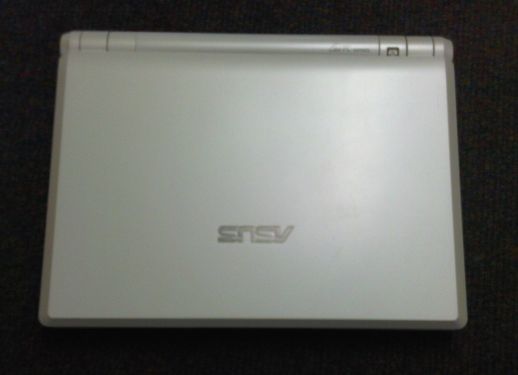

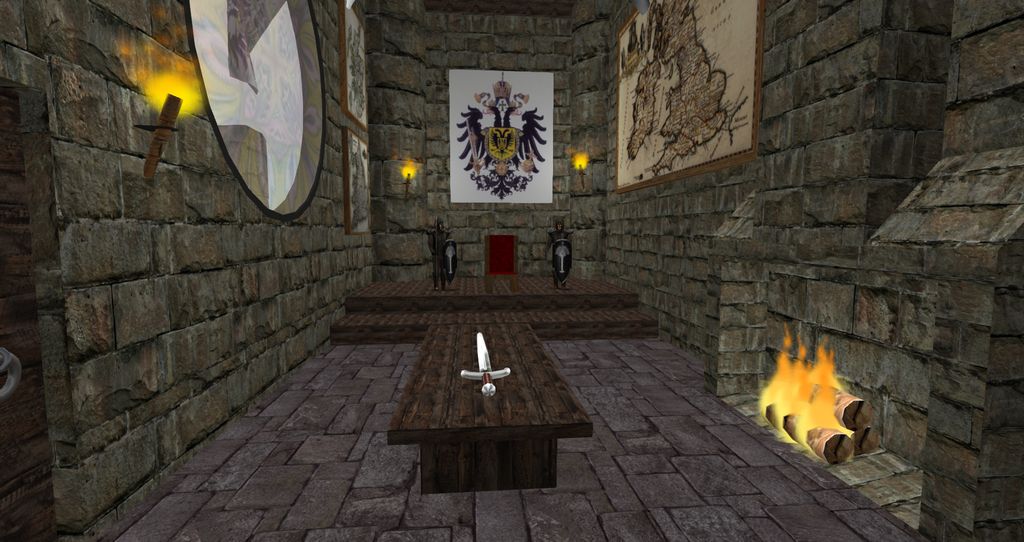
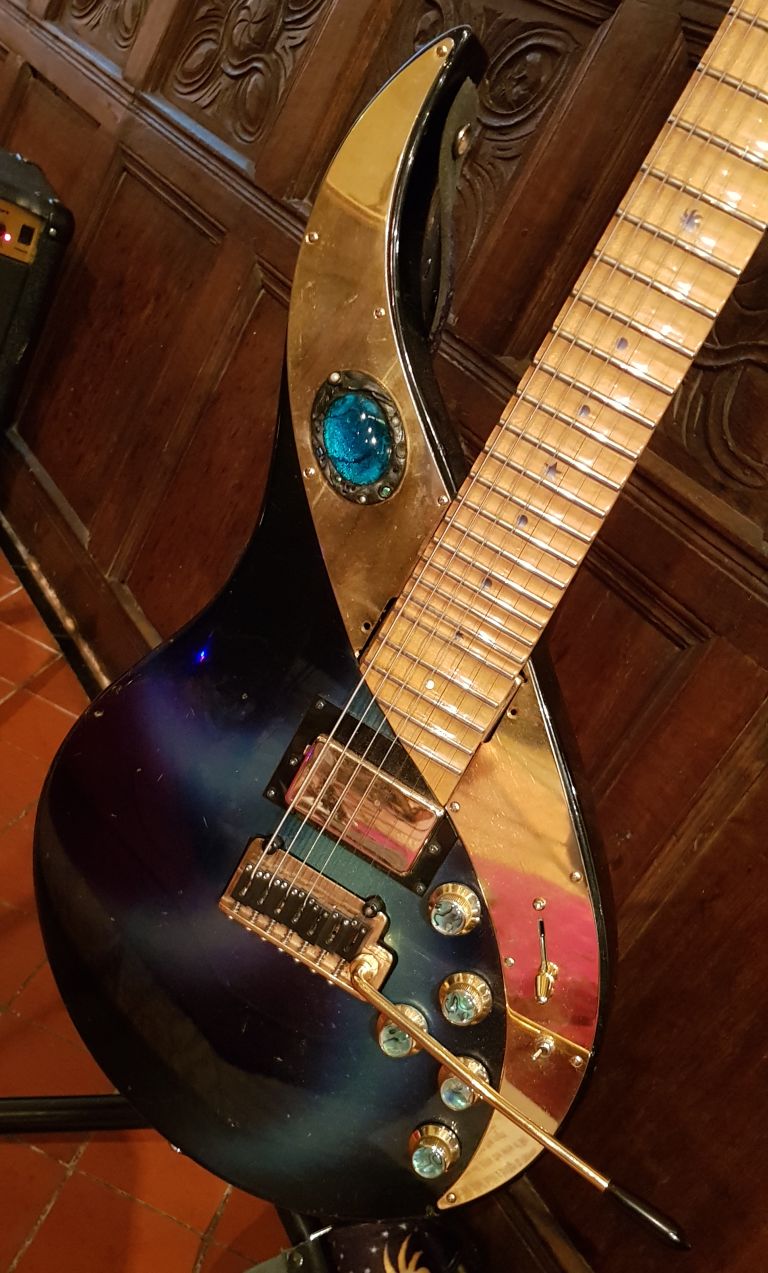
Pingback: Dave-Wood.Org » URL Shortener Installed